Table of Contents
Introduction to Dill
If you're a spice enthusiast or a home cook looking to add some fresh, bright flavor to your dishes, dill is a must-have in your kitchen. Known for its feathery leaves and subtle, slightly tangy flavor, dill is one of those herbs that can transform a simple dish into something memorable. But what exactly is dill? Let's break it down.
Dill (Anethum graveolens) is an annual herb native to Europe and Asia. It's commonly used in Mediterranean, Eastern European, and Middle Eastern cuisines. The plant has delicate, lacy green leaves and small yellow flowers. While the seeds are also used in cooking, this guide focuses on the fresh leaves.

Dill adds a refreshing, slightly citrusy note to food, making it perfect for salads, soups, fish, and even pickles. Whether you're growing your own or buying it from the store, understanding how to use and care for this herb can elevate your culinary game.
How to Grow Dill
One of the best parts about dill is that it's easy to grow at home. Whether you have a garden or just a sunny windowsill, you can grow dill with minimal effort. Here's a quick guide to help you get started:
- Soil: Dill thrives in well-draining soil with a pH between 5.5 and 7.0.
- Light: Full sun is ideal, but it can tolerate partial shade.
- Water: Keep the soil consistently moist but not soggy.
- Planting: Sow seeds directly in the ground after the last frost. You can also start them indoors 4–6 weeks before the last frost.
- Harvesting: Harvest the leaves when the plant is about 6–8 inches tall. Snip the stems just above a leaf node to encourage new growth.
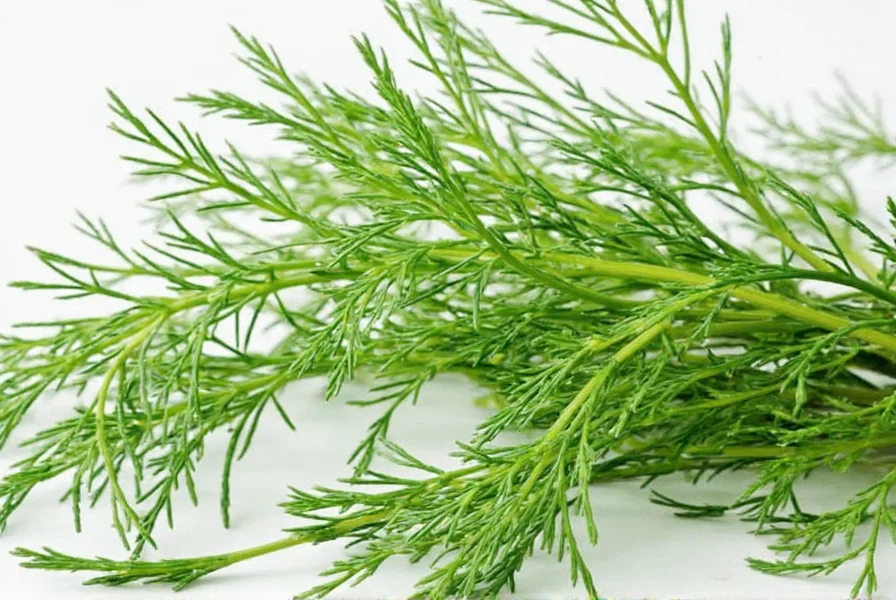
Keep in mind that dill does not transplant well, so if you're starting from seed, it's best to sow directly in the ground or a large container. Also, dill tends to bolt (flower and go to seed) quickly in hot weather, so planting in early spring or late summer is ideal.
Cooking with Dill
Now that you know how to grow dill, let's talk about how to use it in your cooking. Dill is incredibly versatile and pairs well with a variety of ingredients. Here are some popular ways to incorporate dill into your meals:
Classic Dill Recipes
- Garlic Dill Salmon: Brush salmon fillets with olive oil, sprinkle with garlic, lemon zest, and fresh dill. Bake until flaky.
- Cucumber Dill Salad: Toss sliced cucumbers with red onions, vinegar, olive oil, and chopped dill. Perfect for summer.
- Yogurt Dill Sauce: Mix Greek yogurt, lemon juice, garlic, and chopped dill for a creamy, tangy dip or sauce.
- Pickled Vegetables: Add dill to your homemade pickling brine for extra flavor and aroma.
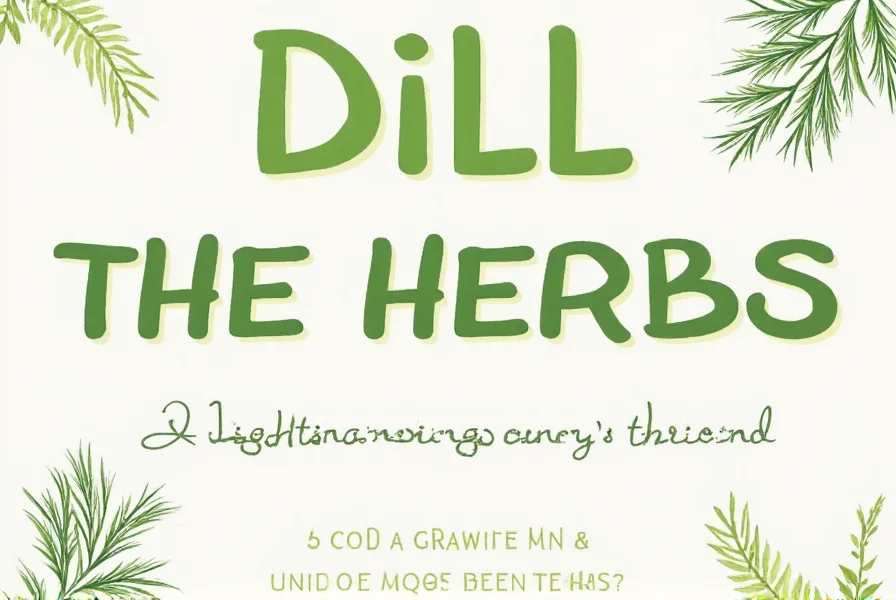
When using fresh dill, it's best to add it at the end of cooking to preserve its delicate flavor. If you're using dried dill, remember that it has a stronger taste, so use it sparingly.
Dill also pairs beautifully with other herbs like parsley, chives, and tarragon. Don't be afraid to experiment with different combinations!
Buying Guide for Dill
If you're not growing your own dill, here's a guide to help you choose the best fresh dill when shopping:
Types of Dill
There are several varieties of dill, each with its own unique characteristics. Some popular types include:
- Common Dill: The most widely used variety, known for its strong flavor and versatility.
- Curled Dill: Has a more compact, curly appearance and is often used as a garnish.
- Fernleaf Dill: Grows shorter and bushier, making it ideal for container gardening.
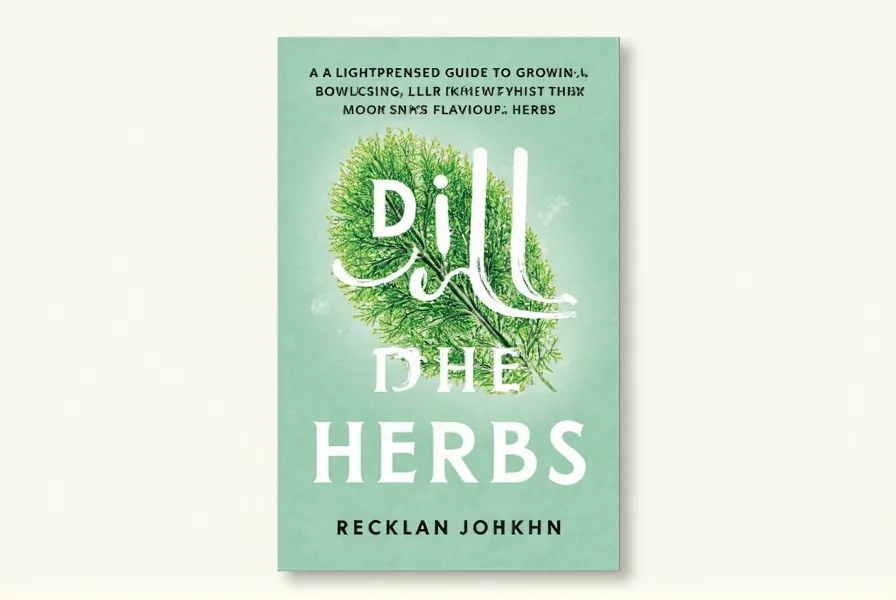
Where to Buy Dill
You can find fresh dill at most grocery stores, farmers' markets, and specialty spice shops. When selecting fresh dill, look for vibrant green leaves without any yellowing or wilting. The stems should be firm and not limp.
Recommended Products
| Product | Features | Advantages | Use Cases | Target Audience | Suitable Occasions |
|---|---|---|---|---|---|
| Organic Dill Seeds | Non-GMO, pesticide-free | Great for home gardeners who want to grow their own | Gardening, cooking | Amateur and professional gardeners | Spring planting, kitchen herb gardens |
| Fresh Dill Bunches | High quality, freshly harvested | Perfect for immediate use in recipes | Salads, sauces, soups | Home cooks, chefs | Dinner parties, everyday meals |
| Dried Dill Flakes | Long shelf life, easy to store | Convenient for long-term use | Seasoning, pickling, baking | Busy professionals, frequent cooks | Weeknight dinners, holiday cooking |
Whether you prefer to grow your own or buy pre-packaged, choosing the right type of dill can make all the difference in your cooking. Always check for freshness and quality when purchasing.
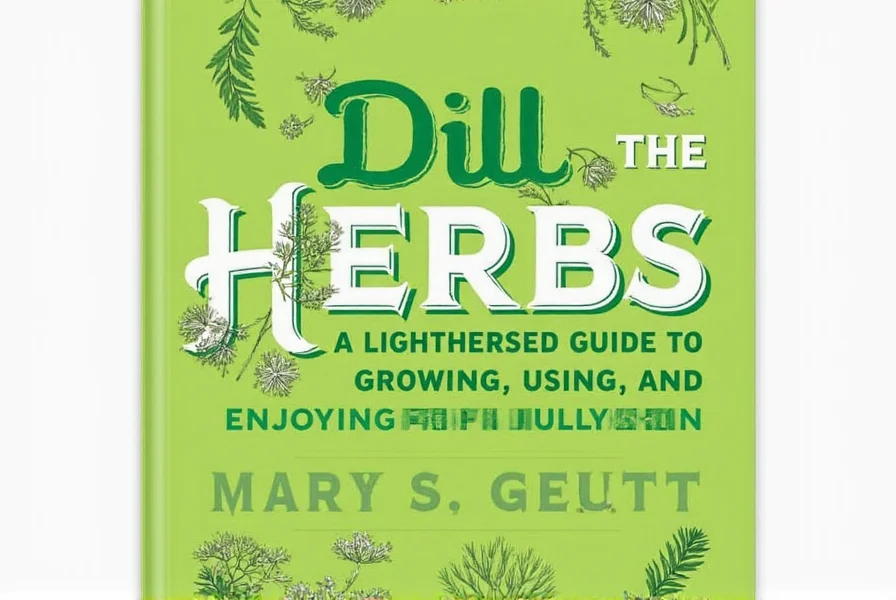
Frequently Asked Questions About Dill
What is dill?
Dill (Anethum graveolens) is an annual herb native to Europe and Asia. It's commonly used in Mediterranean, Eastern European, and Middle Eastern cuisines. The plant has delicate, lacy green leaves and small yellow flowers. While the seeds are also used in cooking, this guide focuses on the fresh leaves.
How is dill different from dill seeds?
Dill refers to the fresh, feathery leaves of the plant, which have a bright, slightly citrusy flavor. Dill seeds come from the mature flower heads and have a stronger, more pungent, somewhat caraway-like flavor. They're used differently in cooking - fresh dill is typically added at the end of cooking while seeds are used in pickling or as a spice.
How do I store fresh dill to keep it fresh longer?
To maximize freshness, treat dill like flowers: trim the stems and place in a glass with an inch of water, then loosely cover with a plastic bag and refrigerate. Change the water every couple of days. Alternatively, wrap the dill in a slightly damp paper towel and store in a plastic bag in the refrigerator. Properly stored, fresh dill can last 7-10 days.
Can I substitute dried dill for fresh dill in recipes?
Yes, but with adjustments. As a general rule, use one teaspoon of dried dill for every tablespoon of fresh dill called for in a recipe. Keep in mind that dried dill has a more concentrated flavor but lacks the bright, fresh notes of the fresh herb. Add dried dill earlier in the cooking process to allow its flavor to develop.
Why does my dill keep bolting (going to seed) quickly?
Dill is prone to bolting (producing flowers and seeds) when exposed to high temperatures or stress. To prevent premature bolting, plant dill in early spring or late summer when temperatures are cooler, ensure consistent moisture, and consider planting bolt-resistant varieties like 'Dillfern' or 'Bouquet'. Once dill bolts, the leaves become less flavorful, but you can still harvest the seeds.
What are the health benefits of dill?
Dill contains vitamins A and C, calcium, iron, and manganese. It has antioxidant properties and may aid digestion, reduce inflammation, and help with insomnia. The essential oils in dill have antimicrobial properties. While not a cure-all, incorporating dill into your diet can contribute to overall nutritional health.
Conclusion
In conclusion, dill is a flavorful and versatile herb that can enhance your cooking in countless ways. From its ease of growth to its wide range of uses in the kitchen, dill is a must-have for any spice enthusiast or home cook. Whether you're growing it yourself or buying it from the store, there's no shortage of ways to enjoy this delightful herb.
Remember, the key to getting the most out of dill is to use it fresh whenever possible. And if you're ever unsure about how to use it, just think of the classic recipes we've shared—it's always a safe bet. So go ahead, give dill a try, and discover why it's such a beloved ingredient in kitchens around the world.
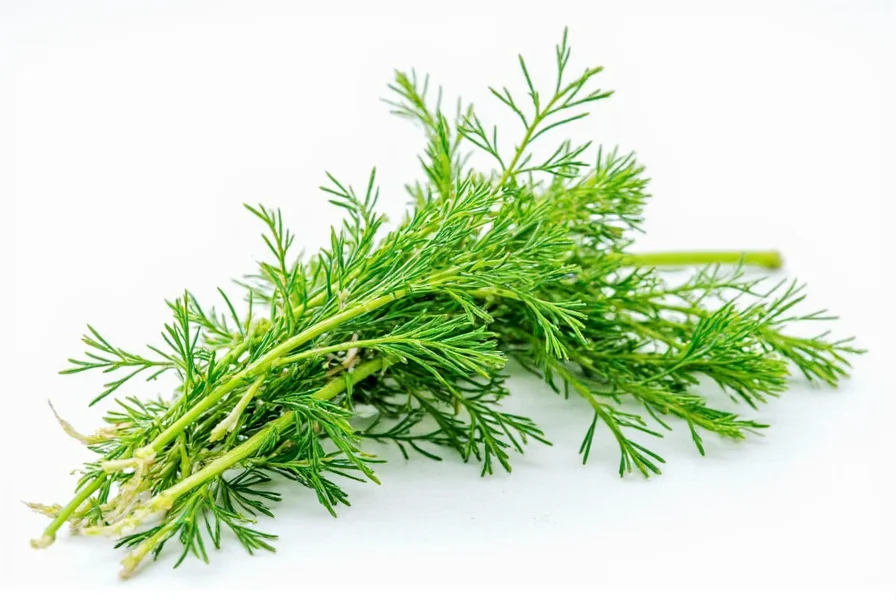
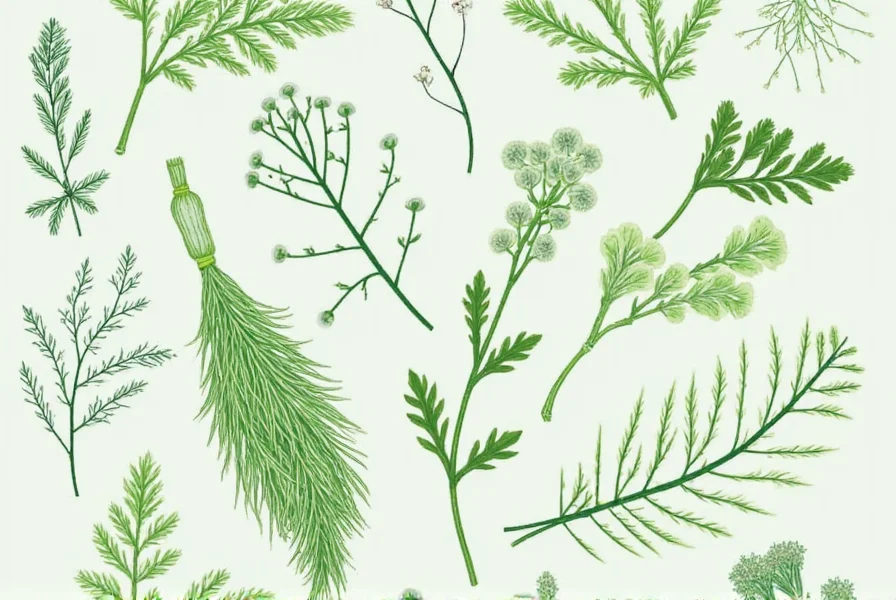
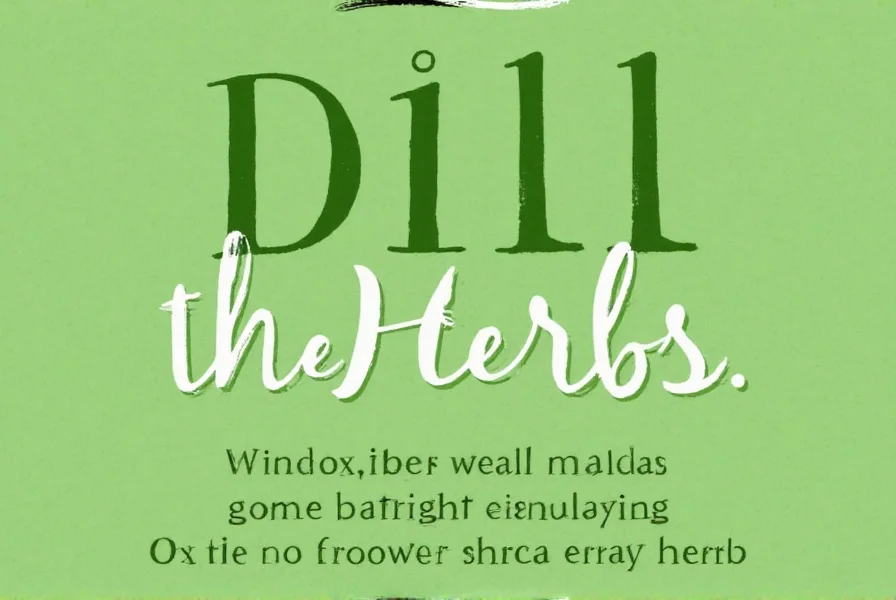

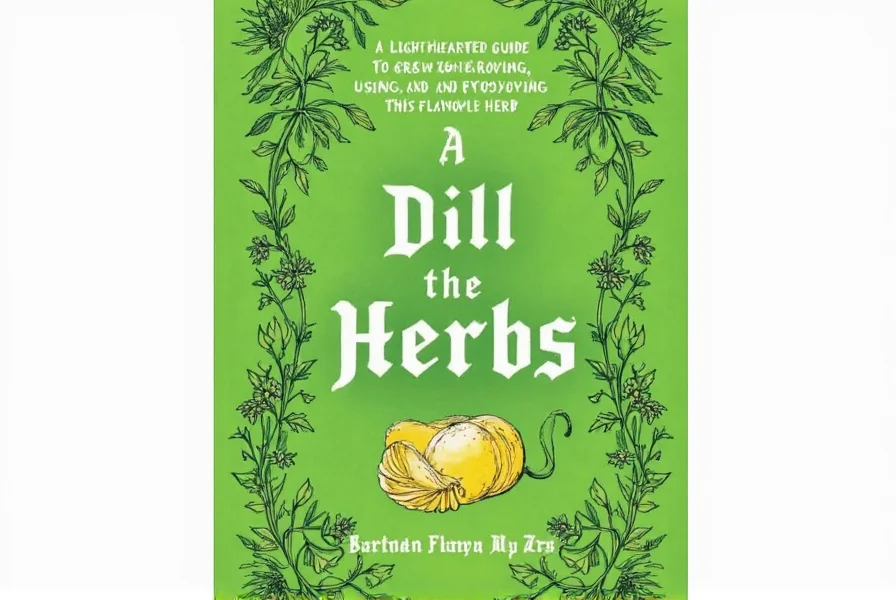









 浙公网安备
33010002000092号
浙公网安备
33010002000092号 浙B2-20120091-4
浙B2-20120091-4